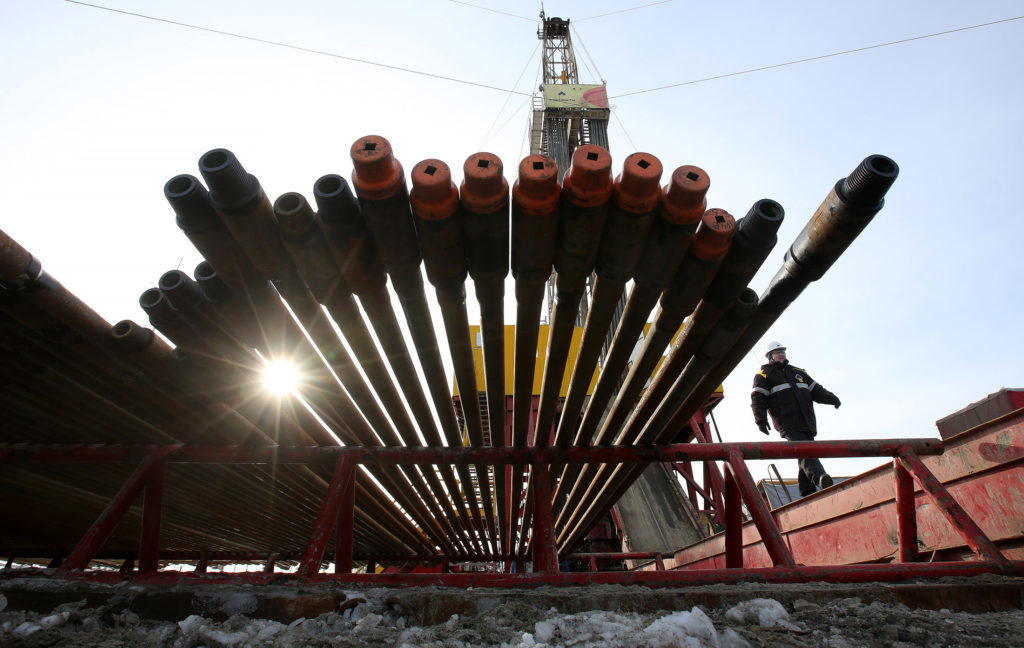
ussia plans to propose that OPEC and its allies be allowed to return production to October 2016 levels, rolling back most but not all of their output cuts within three months, according to a person familiar with Russian thinking.
The nations would proportionally share out a 1.8 million barrel-a-day increase to their output limit starting as soon as July, the person said, asking not to be identified because the information isn’t public. The actual boost in supply to the market would be less than that because some states, notably Venezuela, Angola and Mexico, aren’t able to increase, the person said.
Russia and Saudi Arabia, leaders of the group of 24 producers, already suggested boosting output to stop prices going any higher and hurting oil demand. Moscow’s new proposal would go further, effectively ending the cuts for any country that has the ability to pump more crude. Such a move would have to be agreed by other members, several of whom have already come out in opposition.
The plan could be the first of many proposals and counter-proposals from members of the group, subject to change during negotiations. Given the backing of the two largest producers participating in the accord, an output increase “ looks inevitable” Citigroup Inc. analysts led by Ed Morse said in a report on Tuesday. However, the bank predicted a smaller increase of about 500,000 barrels a day is most likely to be agreed.
The Organization of Petroleum Exporting Countries and several non-members agreed in late 2016 to curb output by 1.8 million barrels a day in order to eliminate a supply glut that was weighing on prices. For most countries, that reduction was relative to their October 2016 production.
Many nations have gone further than their pledged cuts. Saudi Arabia said it was cutting deeper to lead by example. Others, notably Venezuela, have experienced involuntary declines in production due to problems in their oil industries. In April, the group’s total reduction added up to almost 2.5 million barrels a day, according to the International Energy Agency.
Because the cuts have gone deeper than intended, overall supply from the group would still be about 1 million barrels a day below the pre-cuts levels even after the 1.8 million-barrel quota increase, the person said.
Moscow believes this new arrangement would provide stability for the oil the market through a period of high demand during the northern hemisphere summer, the person said. The country would also support keeping the alliance between OPEC and other producers into 2019 — either with or without new quotas depending on the requirements of the market, the person said.
Russia and Saudi Arabia are set to discuss oil policy on Thursday, as teams from the two nations meet in the opening match of the soccer World Cup in Moscow. President Vladimir Putin will host Saudi Crown Prince Mohammed Bin Salman, while energy ministers Alexander Novak and Khalid Al-Falih will also meet.
The person declined to say if the ministers will discuss Russia’s new proposal at the event.
